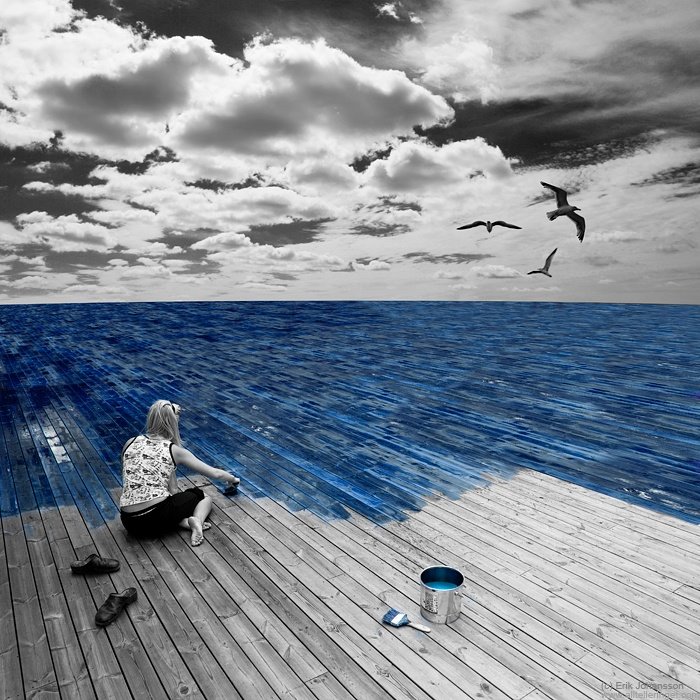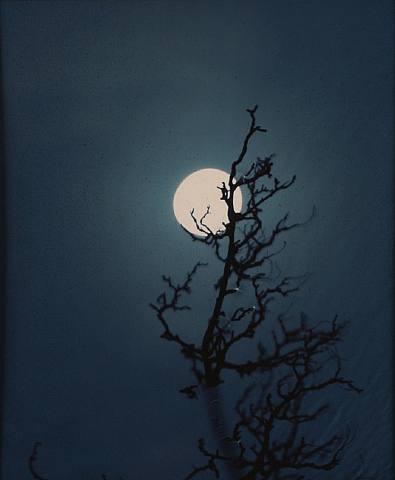Hartington and Snowy Peaks.
I enjoyed going back to the peak district,this time with snow under foot. The landscape looked completly different with the snow and the light refecting. I decided to continue my theme of domineering animals in habitual landscapes and this time used a cow and of course a sheep being in the Peak district. I choose Hartington as it was a great little village and I loved the frozen pond.I have used photoshop to create the image below firstly opening the images then using the magnetic lasso, crop tools, blur tools and transform control holding down shift to keep items in proportion, I copied and pasted the images, Placing them into their positions. I did this with four different peices of images that are shown below in the Fantasy Landscape-Manipulated image. I am now used to this part of Photoshop now as I have familiarised myself with the options I have needed to create the images. I feel as though there are no legal or ethical considerations to be made as I have used my own images throughout my Manipulated image.
Hartington and the Pond.
The Sheep.
The Cow
The Mill Stone.




















 Work at sea
Work at sea Square.
Square.


























